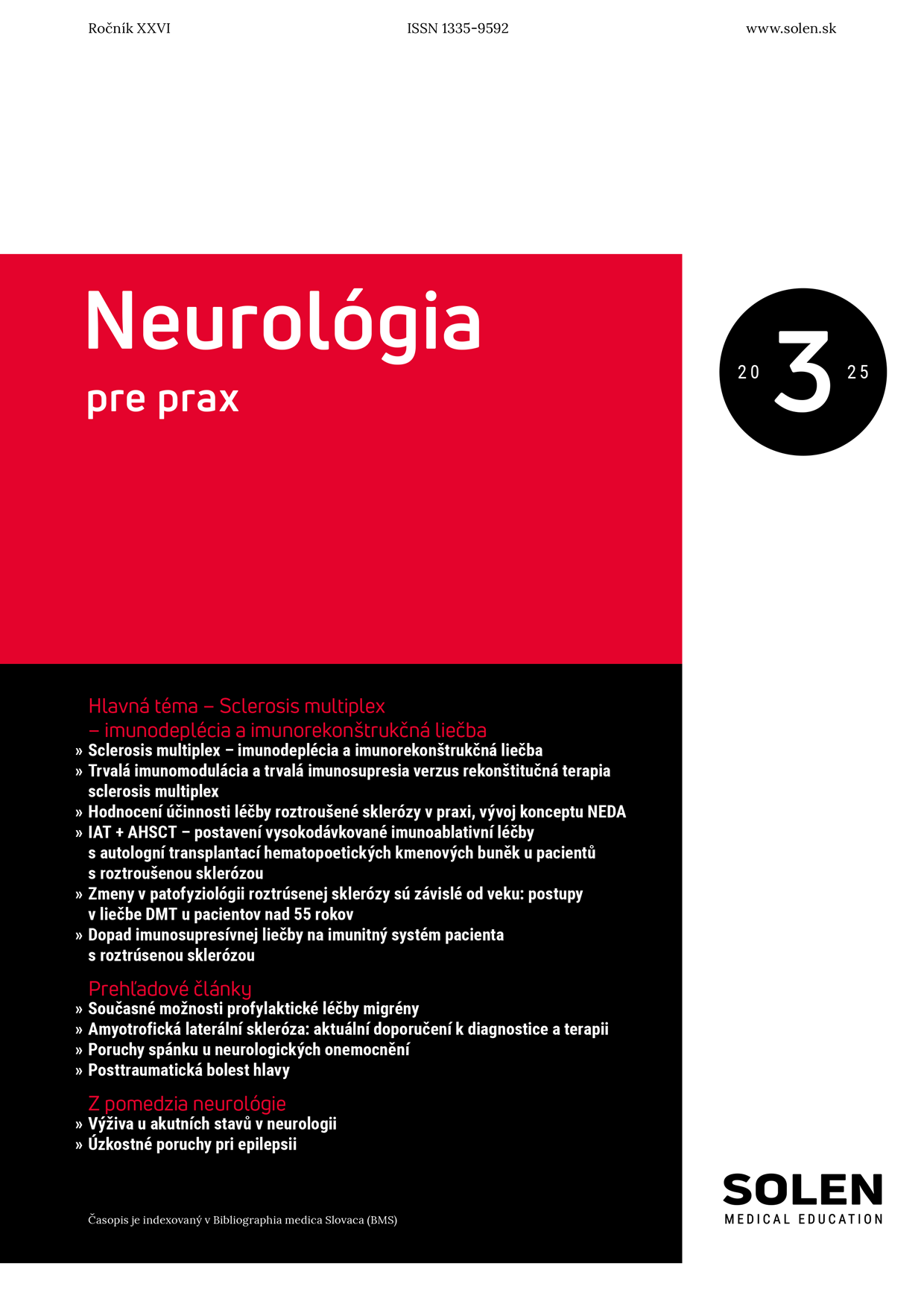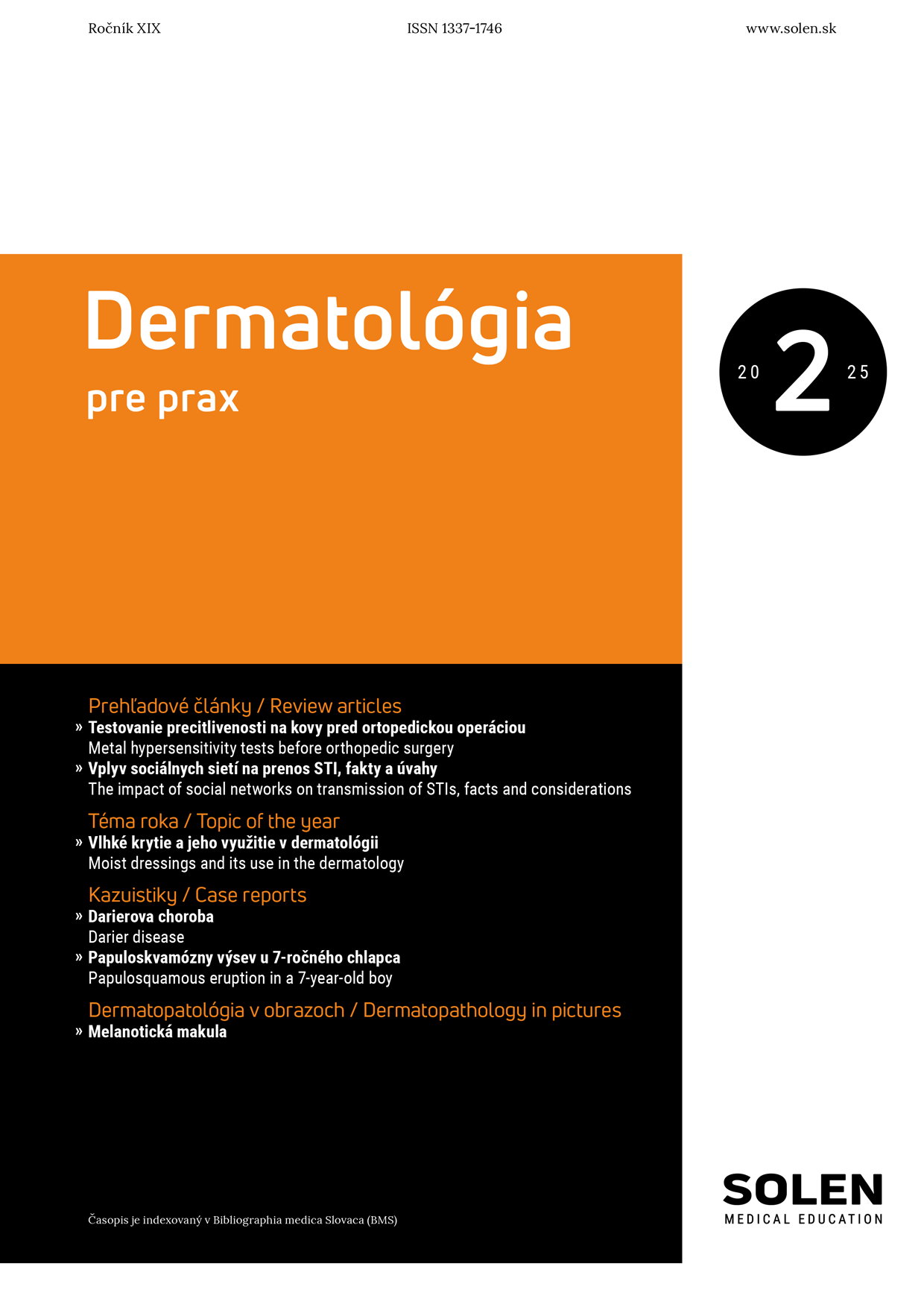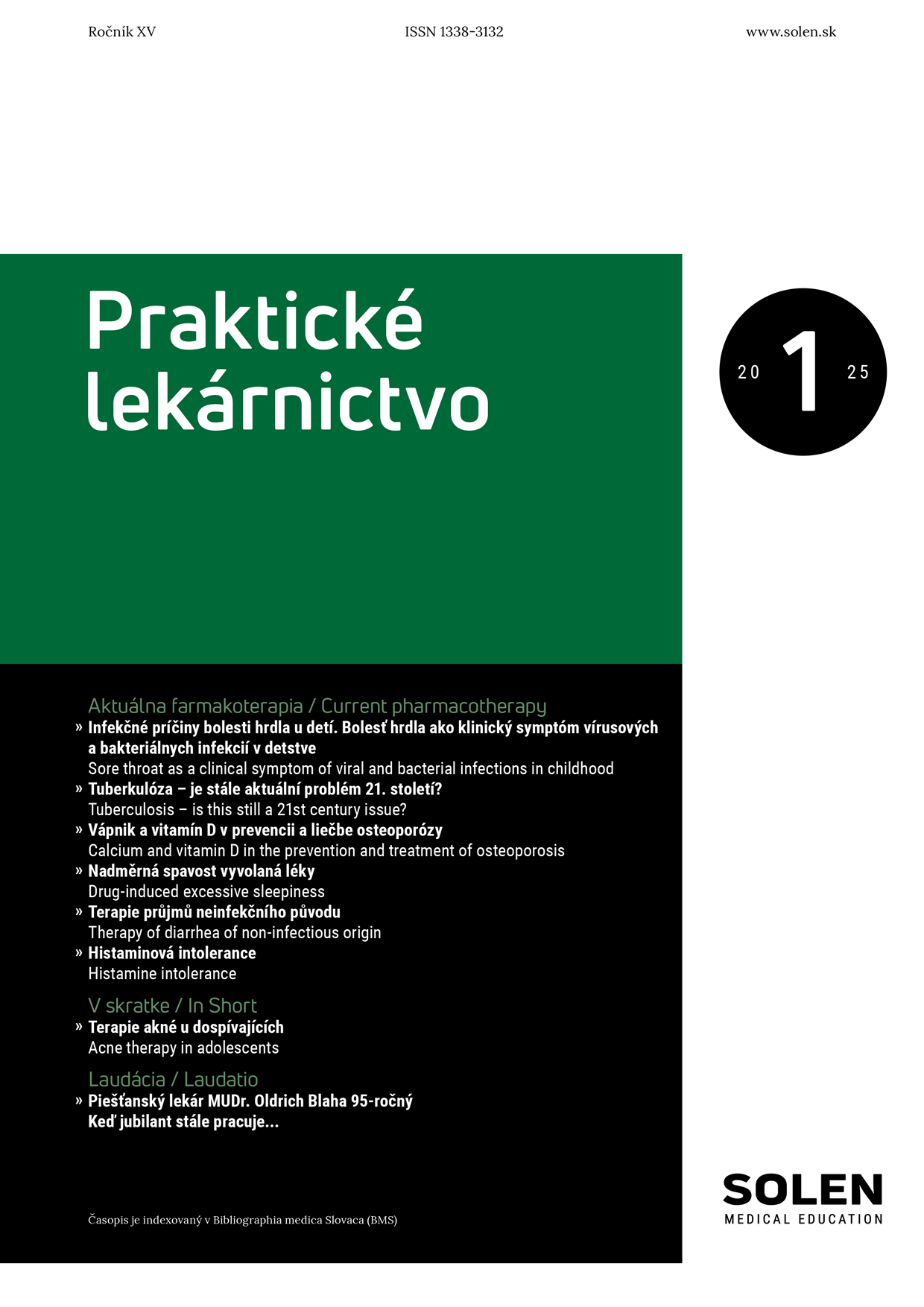Dermatológia pre prax 3/2023
Zriedkavé kožné nádory: Nádory kožných adnex – 1. časť
Výskyt nádorov kože neustále každoročne stúpa. V prevažnej miere ide o nemelanocytové typy rakoviny kože – bazaliómy a spinaliómy, ale zvyšujúcu incidenciu vykazuje aj malígny melanóm. Dermatológ v spleti tumorov však nemôže zabúdať a správne manažovať aj menej časté kožné tumory, ktorých incidencia sa pohybuje v rozmedzí 0,3 % – 3,3 %. Tieto údaje sú len približné, pretože podľa Medzinárodnej klasifikácie chorôb (MKCH) nie sú mnohé z nich samostatne kódované. Okrem zriedkavo sa vyskytujúcich nádorov epidermálneho a melanocytového pôvodu k nim patria aj tumory kožných adnex a Merkel cell karcinóm, kožné tumory hematopoetického a lymfoidného pôvodu, kožné mezenchymálne a neurálne tumory a napokon kožné tumory neistej diferenciácie. Vzhľadom na rozsiahlosť problematiky týchto zriedkavých tumorov sa problematika menej častých nádorov kože rozdeľuje do štyroch samostatných okruhov. V prvej časti sa prehľadovo uvádzajú nádory adnexálneho pôvodu. V druhej časti sa udáva Merkel cell karcinóm a zriedkavo sa vyskytujúce nádory epidermálneho a melanocytového pôvodu. V tretej časti sú to kožné mezenchymálne a neurálne tumory a kožné tumory neistej diferenciácie. A napokon v štvrtej časti sa uvádzajú kožné nádory hematopoetického a lymfoidného pôvodu. V nasledujúcom texte sú uvedené hlavné klinické, dermatoskopické, diferenciálno-diagnostické a prognostické údaje rôznych typov adnexálnych nádorov s ich odporučovaným manažmentom a s nimi súvisiace hereditárne nádorové syndrómy. Bližšie histopatologické črty kožných nádorov uvedené v poslednej WHO klasifikácii z roku 2018 vytvorenej na základe diagnosticko-patologických kritérií a geneticko-molekulárnych znakov sa vzhľadom na rozsiahlosť textu neuvádzajú.
Kľúčové slová: nádory kožných adnex, klinika, diagnostika, manažment
Rare skin tumours: Skin adnexal tumours – part 1
The incidence of skin tumours is steadily rising annually. The majority of skin cancers are non-melanocytic - basal cell and squamous cell cancers, but malignant melanoma is also increasing in incidence. However, in the tangle of tumors, the dermatologist must not neglect and properly manage the less common skin tumors, whose incidence ranges from 0.3% to 3.3%. However, these figures are approximate as many of them are not separately coded according to the ICD. In addition to rarely occurring tumours of epidermal and melanocytic origin, these include tumours of cutaneous adnexa and Merkel cell carcinoma, cutaneous tumours of haematopoietic and lymphoid origin, cutaneous mesenchymal and neural tumours, and finally cutaneous tumours of uncertain differentiation. Due to the extent of the problem of these rare tumours, the issue of uncommon skin tumours is divided into four separate headings. In the first part, tumours of adnexal origin are reviewed. In the second section, Merkel cell carcinoma and rarely occurring tumors of epidermal amelanocytic origin.In the third section, cutaneous mesenchymal and neural tumors and cutaneous tumors of uncertain differentiation. Finally, in the fourth section, cutaneous tumours of haematopoietic and lymphoid origin. The main clinical, dermatoscopic, differential-diagnostic and prognostic data of different types of tumours with their recommended management and associated hereditary tumour syndromes are presented in the following text. More detailed histopathological features of skin tumours, as presented in the latest WHO classification of 2018, developed on the basis of diagnostic-pathological criteria and genetic-molecular features, are not presented due to the size of the text.
Keywords: skin adnexal tumors, clinic, diagnosis, treatment, management

















